Consolidation and practice
These resources are to support children in guided or independent work. Roll over the highlighted resources for a description.
Calculating angles
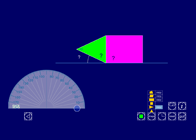
This interactive teaching program (ITP) is an ICT-based tool to support the exploration of angles. Calculating angles ITP allows the child or teacher to represent single or multiple shapes rotated around a central point in one, two or four quadrants. The size of angles can be estimated or calculated and confirmed using the on-screen protractor or reveal function.
Polygon
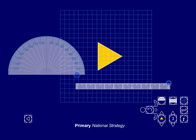
This interactive teaching program (ITP) is an ICT-based tool to support the exploration of shape, space and measure. Polygon ITP allows the child or teacher to represent regular polygons with three to ten sides. The ITP can then be used to explore the properties of regular and irregular shapes by dragging vertices and creating additional vertices. The ITP includes an on-screen protractor and ruler.
Fixing points
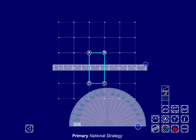
This interactive teaching program (ITP) is an ICT-based tool to support the exploration of shape and space. Fixing points ITP allows the child or teacher to create one or more shapes by connecting a number of vertices on a grid. Angles can be estimated and measured, and the effect of moving different vertices can be explored.
Opportunities to use and apply
Possible contexts include:
- Investigating shape properties, e.g. Find the sum of the internal angles of 2-D shapes such as triangles, quadrilaterals, pentagons. What patterns do you notice? Does it matter whether the shapes are regular?
- Investigating general statements, e.g. When a shape is enlarged its angles do not change; triangles can have 0, 1, 2 or 3 obtuse angles – true or false?
- Drawing shapes accurately, e.g. Draw a rhombus with side length of 5 cm and two angles of 125°.
- Using ICT, e.g. use your knowledge of angles to draw an equilateral triangle using software.
Confirming learning
Ask probing questions such as:
- Sketch an isosceles triangle with an angle of 40° and work out the size of the other angles. Try to find more than one way to do this.
- Work out the sizes of angles a, b and c.
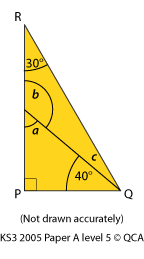
- How many degrees does the minute hand of a clock turn between 9 am and 11:55 am on the same day? Explain how you worked this out.
- Find angle a by marking known angles onto the diagram.
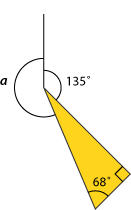
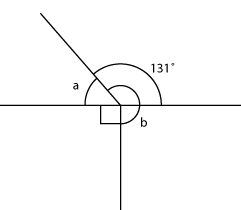
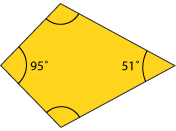
 Understanding shape
Understanding shape




